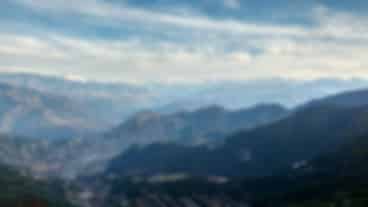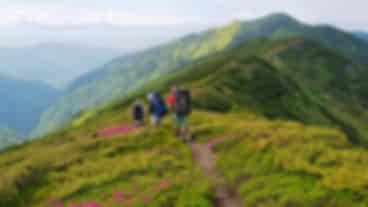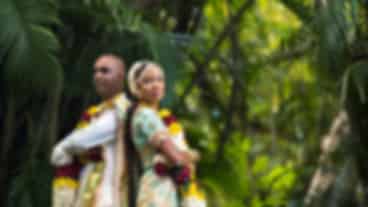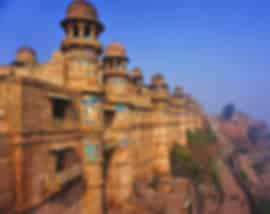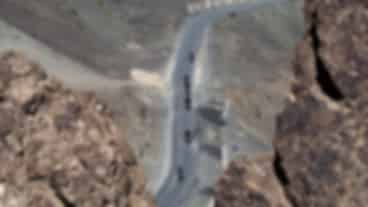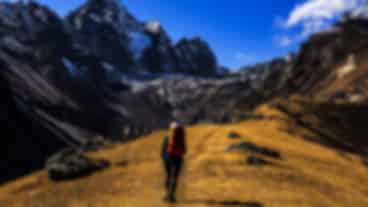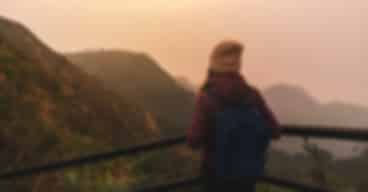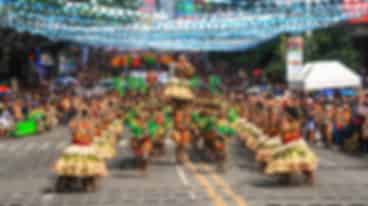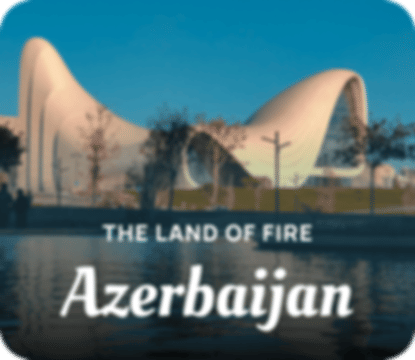What Is The Best Time To Plan Your Trip To North-East India?
Author
Preetha Manivelan
Updated Date
May 13, 2024
Read
7 minutes
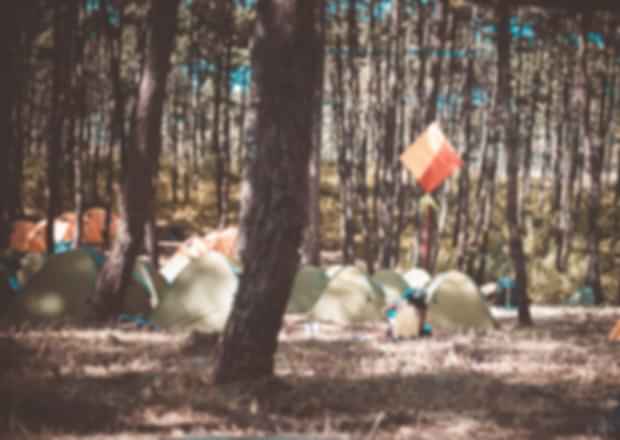
Northeast India is one of the perfect places to have a relaxing holiday and it is filled with some of the top places in India. It comprises 8 states which are Assam, Manipur, Meghalaya, Mizoram, Nagaland, Sikkim, Tripura and Arunachal Pradesh. Every state in the northeast is beautiful in its own way. The ultimate reason that the Northeast stays on the top places to visit in India is its uniqueness. Apart from the major tourist places, you also have many unexplored hill stations to unwrap in Northeast India. Here, you will be able to witness how magical the landscapes can be. What else can you do in the Northeast? You can dip your toes in crystal clear waters, fall in love with the greeneries and spot the amazing wildlife. This article will take you through the different experiences that you will get in different seasons and give you an idea about the best time to visit the best places in Northeast India.

A picture of three people boating in Northeast India
Best time to visit northeast India
The experience that you get at a place is completely dependant on the time you are visiting it. Though every place is worth visiting, you need to know when it can be seen in its full glory. When it comes to northeast India, it is best to visit between November and May. However, find below a few things that you need to know about different seasons before planning your trip to the Northeast:
- The Northeast in winter
- The Northeast in summer
- The Northeast in monsoon
The Northeast in winter
What is it like to visit Northeast India in winter? If you’re okay to explore some beautiful attractions in biting cold, then northeast India between March and June is the perfect way to explore the place. Exploring the tribes, spotting wildlife, grabbing a cup of chai and rejuvenating your soul, are everything about visiting the Northeast in winter. You will realise the beauty of the northeast in winter by witnessing the breathtaking views of the snow-blanketed landscapes.

A house surrounded by snowy land during winter, one of the best times to visit the northeast
Temperature
The temperature in the northeast ranges between 0°C and 22°C during winter.
Weather
The weather will be as freezing as it can be. Every state in the Northeast experience biting cold during winter. However, Arunachal Pradesh and Sikkim, because of its high altitude, drop to sub-zero temperatures gifting us with some best views of snow-capped mountains and super beautiful landscapes. Lower altitude regions like Mizoram and Tripura experience a pleasant climate.

Snowy mountains during winter, one of the best times to visit northeast India
Why winter?
Winter is one of the best times to spot wildlife and take safaris. It is also said that the very famous Kaziranga National Park will be more thrilling during this season. One more thing to not miss is the Hornbill festival that will be taking place during winter. If you are up for enjoying a little snow on your vacation, then winter is the best time to visit Northeast India.

People performing at the Hornbill festival in northeast India
Tips to take a note of
- Make sure you pack things like woollen sweaters, gloves, comfortable shoes, socks and a winter jacket.
- Have some moisturizer and lip balm handy to avoid dry skin.
The Northeast in summer
Planning a trip to the Northeast in summer? Here is something that you need to know. April to June marks the summer season in the northeast. No trip would be complete if you haven’t tried the adventurous activities at that place. If you want to experience an uninterrupted fun in nature’s lap with clear skies, then a trip to Northeast India in summer is a perfect choice for you!

A picture of a clear sky that was taken on a visit to the northeast
Temperature
The temperature during summer ranges between 10°C and 38°C. However, depending upon the region, the temperature varies. It can either be too cold or too hot at times. Nevertheless, most of the states in the northeast experience a mix of both which would be nothing short of pleasant.
Weather
The weather can differ from region to region. Higher altitude regions experience friendly summers wherein lower attitude regions suffer from the scorching heat during this time. One more good thing about visiting the Northeast in summer is that the weather becomes pleasant and comfortable for sightseeing and trekking.
Why summer?
It will be an experience for a lifetime to enjoy some adventurous activities like trekking, hiking, mountain biking and kayaking amidst the beautiful mountains and clear blue skies. There are also a few festivals that you could take part in which showcases their unique tribal culture. Visit the northeast in summer if adventure is your idea of a perfect vacation.

A picture of a group of people enjoying boating in Meghalaya
Tips to take a note of
- Sunscreen, sunglasses and caps are must-carry items while travelling to the northeast in summer.
- When it comes to attires, pack some light cotton clothing. Still, it is better to carry sweaters as the weather becomes unpredictable at times.
The Northeast in monsoon
During monsoon, the Northeast will experience moderate to heavy rainfall and temperature can vary from very cold to very hot. The hills, lakes, valleys, rivers, waterfalls and tea plantations turn all the more beautiful with pure rainwaters falling on them. Monsoon is the best time to visit northeast India if you want to witness the real green.

A lady at one of the tea gardens in Assam
Temperature
The temperature fluctuates between 9°C and 35°C during the monsoon. Though the temperature seems to be okay, there are chances of heavy rainfall at times. It is always better to have a weather application handy to check the weather before you start your day.
Weather
The weather can differ depending upon the region. The higher altitude regions remain cold while the lower altitude regions become balmy during this time. The monsoon brings pleasant weather along with the lush greeneries and some breathtaking views of the landscapes.
Why monsoon?
Though it becomes a not-so-good season to explore places, it is the delightful time where you can enjoy heritage bungalows, boutique hotels and the comfort of staying at enchanting resorts and homestays. It is the perfect time to enjoy scenic drives with the greeneries turning more green because of the rainfall.

A beautiful picture of green mountains in Nagaland
Tips to take a note of
- Pack some mandatory things like umbrella, raincoats, sandals, mosquito repellent and most importantly a waterproof backpack, to protect yourself from the rain.
- Do carry some extra pairs of clothing.
Now that you know when to visit, isn’t it a step closer to your dreams of exploring Northeast India? Every season in the Northeast has something to offer to all kinds of travellers. If you have decided your best time to visit this magical land, head out to the website of Pickyourtrail to get some amazing packages to Northeast India. If you think a few things need to be modified, we will help you with customization of it and make sure you are given complete support throughout the trip via the Pickyourtrail application.
If you are looking for a perfect international trip, Pickyourtrail offers you the best International tour packages where you can customize your itinerary.
Explore various international packages
International Tour Packages from Bengaluru | International Tour Packages from Chennai | International Tour Packages from Delhi | International Tour Packages from Ahmedabad | International Tour Packages from Mumbai | International Tour Packages from Hyderabad
Recommended articles for you
Discover Packages


Need help in planning?
Talk to our Travel Experts


